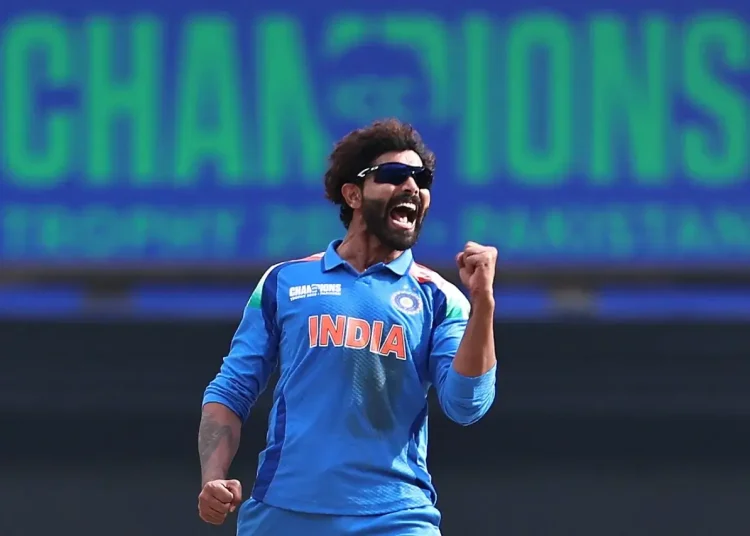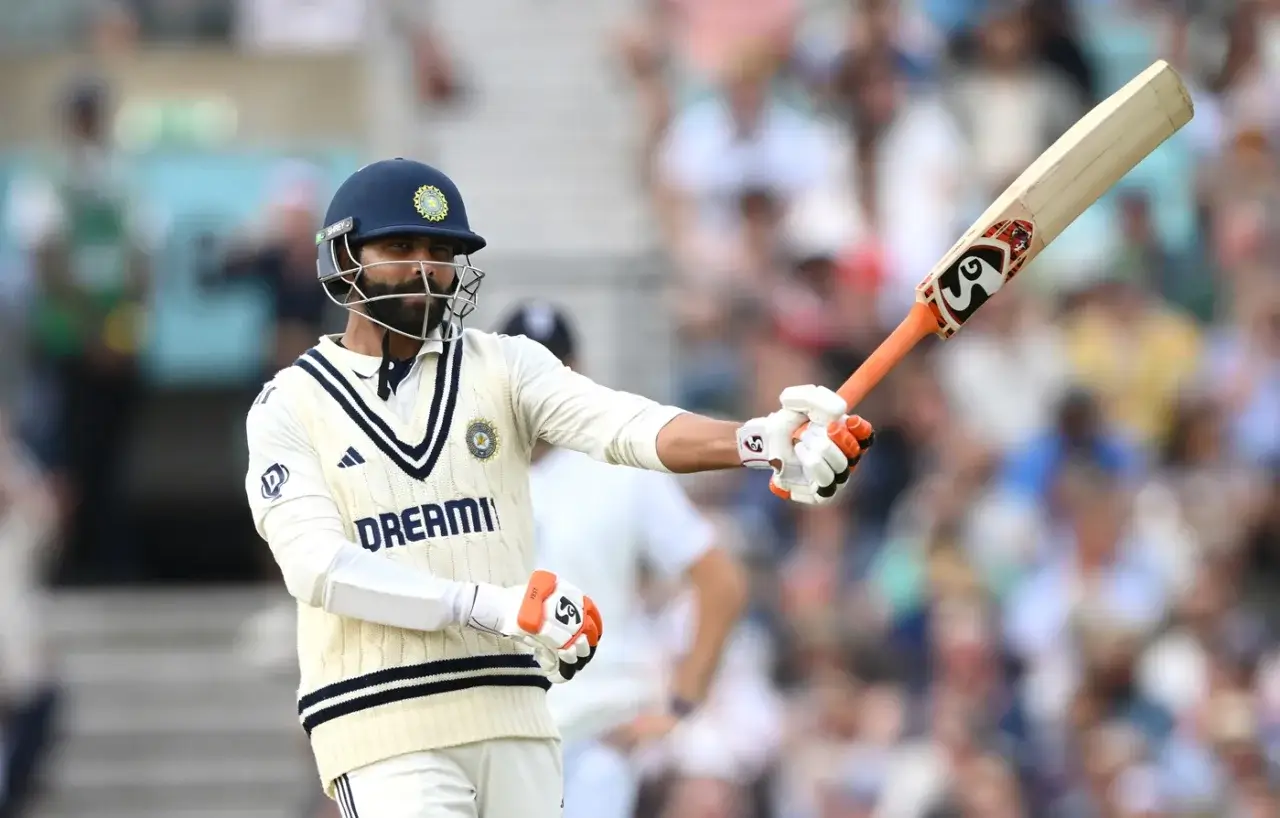The Indian Test team is no longer searching for options — it’s managing abundance. The ongoing series against West Indies has revealed a healthy but tricky reality. India now has multiple all-rounders competing for overlapping roles, creating what insiders call “a good problem to have.”
Ryan ten Doeschate, India’s assistant coach, confirmed that management plans to keep Nitish Kumar Reddy in the XI despite limited action in Ahmedabad. The reason is long-term balance. India wants Reddy ready for tougher overseas challenges, but must fit him among Ravindra Jadeja, Washington Sundar, and Axar Patel as they also help to maintain a good timeline.
Reddy bowled only four overs and didn’t bat, yet his presence sparked curiosity. How does India fit so many hybrid cricketers into one lineup? The answer lies in planning for future conditions rather than immediate results. Ten Doeschate explained it clearly — India is looking ahead to create “a seam-bowling allrounder who can travel anywhere.”
The team’s challenge isn’t a lack of talent; it’s finding the right combination. And in that equation, every player’s role matters more than ever.
Reddy’s Place in a Crowded Middle Order
Nitish Kumar Reddy represents India’s modern ambition — a batter who can swing the ball at pace. But in home Tests, where spin dominates, his role becomes complex. He’s surrounded by all-rounders like Jadeja and Washington, who both bowl spin and bat fluently in the top seven.
In Ahmedabad, Reddy was slotted at No. 8, a position that barely tested his batting. Jadeja, in contrast, scored another unbeaten hundred, further strengthening his lock on the allrounder’s spot. Ten Doeschate admitted that India must keep playing Reddy to “develop his red-ball rhythm,” even if he doesn’t get many opportunities in easier conditions.
India sees Reddy as a long-term project, similar to Hardik Pandya’s early Test phase. His batting maturity already stands out, but his bowling needs consistent match time. To keep him growing, the selectors are willing to rotate others when possible. That flexibility keeps India’s system dynamic and adaptable. The message is clear: Reddy may not yet be a guaranteed starter, but he’s too valuable to ignore.
Why India Can’t Ignore Seam-Bowling Allrounders Anymore?
In overseas Tests, India often relies heavily on their pacers. But without a seam-bowling allrounder, balance collapses. That’s why Reddy’s evolution is being prioritised now. He bridges the gap between pure batter and third pacer.
India’s success in Australia and England showed the need for a flexible middle order. Reddy’s presence adds cushion when Jasprit Bumrah or Mohammed Siraj rest. Even if he’s underused at home, his preparation starts here.
Ten Doeschate called it “the investment phase.” India are planting a seed they expect to bloom when conditions demand it.
Jadeja’s Dominance and the Challenge for Others
If Reddy symbolises the future, Ravindra Jadeja represents the present. His run of form across formats makes him almost undroppable. The Ahmedabad hundred reinforced his reputation as the ultimate Test allrounder. But his success creates a domino effect — pushing players like Reddy and Washington down the order.
Ten Doeschate admitted this dynamic openly. “It’s a good problem,” he said, “but it means others must stay patient.” Jadeja’s ability to bat anywhere from five to seven makes him invaluable. Washington’s recent performances in England also strengthen his case.
In such a stacked lineup, Reddy becomes the developmental pick, not the primary allrounder. India’s management believes he’ll benefit just by being in this environment. The message from the staff is unified — competition builds consistency.
For now, Jadeja remains the benchmark every Indian allrounder must chase. His influence goes beyond runs and wickets — it’s about setting standards.
Can Jadeja’s Presence Delay Reddy’s Test Growth?
There’s no denying that Jadeja’s success narrows Reddy’s opportunities. Yet, it may also become his greatest lesson. By sharing nets, dressing rooms, and strategies, Reddy learns from the best.
In a team where performance decides everything, he must evolve quietly until the right moment comes. India’s selectors have made peace with that balance. They prefer competition over complacency.
The real win for India is that every player fighting for that spot is already good enough to play Test cricket.
Dhruv Jurel’s Rise and What It Means for the Batting Order
While focus stayed on Reddy and Jadeja, Dhruv Jurel quietly changed the conversation. His maiden Test hundred at Ahmedabad added another dimension to India’s middle order. With Rishabh Pant still recovering, Jurel’s form has created serious selection tension.
Ten Doeschate revealed that the team had been “trying to fit Jurel into plans even in Australia and England.” His temperament under pressure and technical discipline have impressed Gambhir’s coaching group. More importantly, his presence puts pressure on Sai Sudharsan and other top-order batters.
Jurel’s emergence shows that India’s rebuilding isn’t about filling gaps — it’s about creating layers. Every position now has a challenger, and that competition keeps everyone sharp. The challenge for selectors is not who to pick — but who to drop.
In a winning setup, even small performances matter. Jurel has now ensured that his name stays in that top-tier discussion.
Could Jurel Keep His Spot When Pant Returns?
That’s the question everyone’s asking. Pant’s fitness return is expected soon, but Jurel’s century complicates plans. Ten Doeschate said it himself — “We know how good he is.”
India may choose to keep Jurel as a specialist batter, depending on team balance. His technique and patience make him adaptable at No. 5 or No. 6.
If that happens, it creates a ripple effect — pushing others like Sai Sudharsan or Washington one step lower. It’s a healthy dilemma, but a dilemma nonetheless.
Sai Sudharsan’s Struggles Highlight India’s Ruthless Competition
B Sai Sudharsan has the backing of the management, but time is ticking. His early dismissals and average of 21.00 in seven innings have left questions. Ten Doeschate defended him, saying, “We know he’s good enough.” Still, India’s pool of top-order batters is unforgiving.
Sudharsan’s technique impressed in England, but he hasn’t converted starts. Now, with Jurel’s rise and Reddy’s versatility, the pressure increases. In India’s current setup, patience exists, but so does expectation.
The selectors have seen players like Karun Nair lose spots after short runs. Sudharsan knows that competition doesn’t pause in Indian cricket. His response in Delhi could define his future.
India’s Test depth has become a double-edged sword — one failure can open the door for another.
Why India’s Bench Strength Is Both a Blessing and a Burden?
It’s a sign of progress when dropping players feels unfair. But it also means fewer chances to fail and learn. Ten Doeschate admitted that the Test calendar’s gaps make rhythm harder for new players.
In this era, consistency beats potential. Players like Sudharsan must perform quickly or risk being overtaken. Yet, that’s exactly what makes India’s current phase so strong — internal competition that breeds excellence. Every Test cap now feels earned, not gifted.
Conclusion: India’s Good Problem Is Still a Problem
India’s biggest Test challenge today isn’t finding talent — it’s managing it. Between Jadeja’s dominance, Reddy’s potential, Jurel’s rise, and Sudharsan’s fight, the balance keeps shifting. The coaching staff’s message remains consistent — patience for players, clarity in planning.
Gautam Gambhir’s team management is prioritising future readiness over short-term results. That’s why Reddy will continue getting chances, even if numbers don’t show it yet. It’s also why Jadeja’s workload, Jurel’s position, and Sudharsan’s form are being watched closely.
For fans, it’s a rare era — where competition feels constructive, not chaotic. India’s bench can now challenge their XI, and that’s the hallmark of an elite side.
As Ten Doeschate put it, “If we’re disappointed about who bats at six or seven, it means Indian cricket’s in a good space.” That statement sums it all up — India’s toughest fights are now happening within their own dressing room.

















